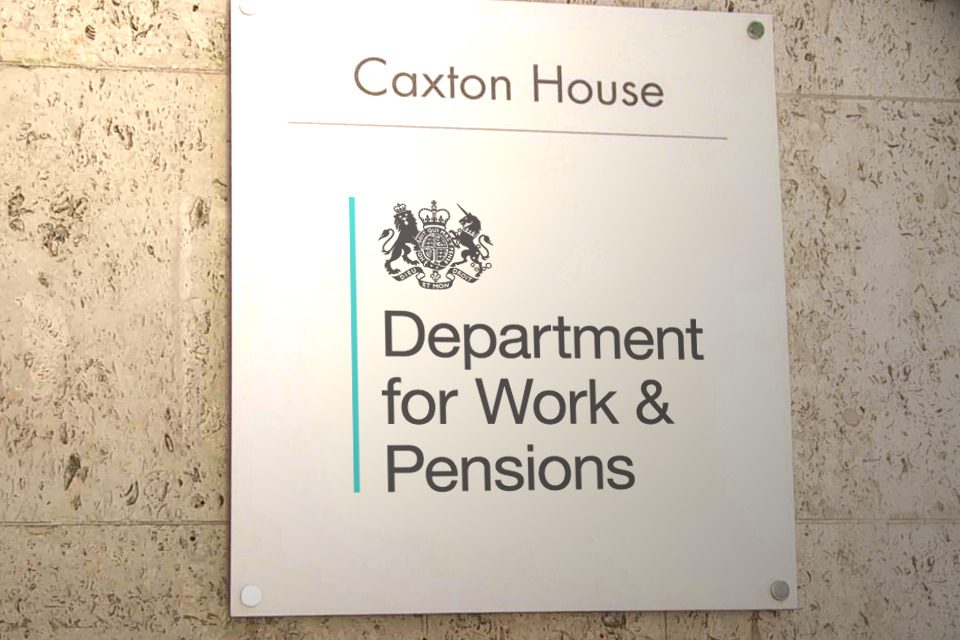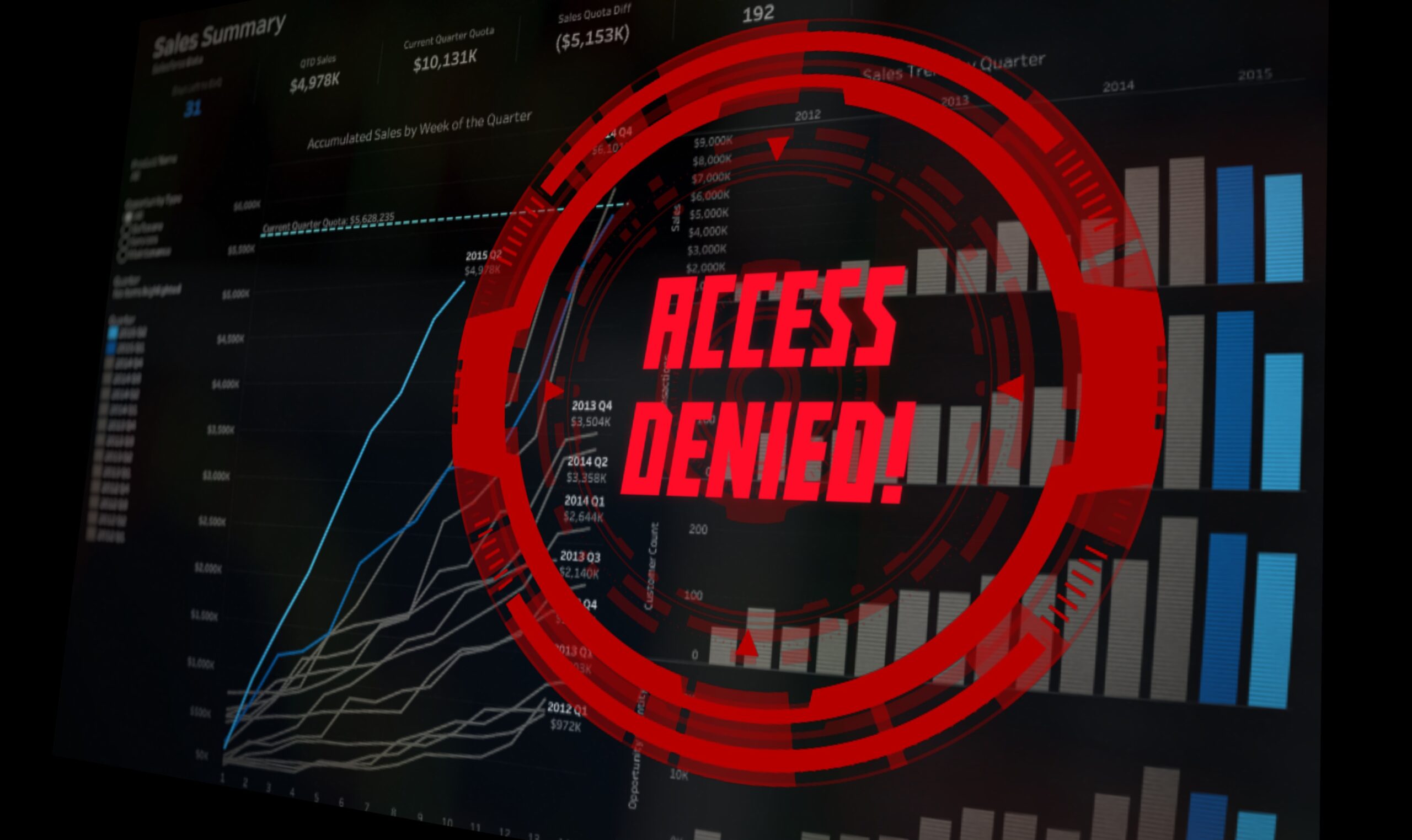Faced with a Herculean hiring drive as coronavirus restrictions took hold, the department could not recruit candidates in the usual ways. PublicTechnology finds out it what did instead.
“There had to be a degree of reimagining how this might work,” says Nick Heckscher of Shared Services Connected Ltd (SSCL).
This seems something of understatement.
The ‘this’ in question is the delivery of a programme announced by government in July 2020 to double the number of work coaches employed by the Department of Work and Pensions by recruiting an additional 13,500 people.
The ‘reimagining’, meanwhile, was required as a result of the need to run centrally and on a nationwide scale a process that is normally managed by individual Jobcentres. Another, not insignificant, challenge was the need to do so without meeting a single candidate in person.
The timeframe also offered little margin for error, with the government expecting that the first tranche of 4,500 new starters would be in post within three months of its announcement of the recruitment drive.
To fulfil this huge hiring programme, the DWP appointed SSCL to support its delivery; the supplier is a joint venture created by the Cabinet Office alongside consultancy Sopra Steria, with a remit to deliver tech and operational services to government departments and the wider public sector.
According to Heckscher, director of the company’s resourcing unit, an initial imperative of the programme – given the massive number of recruits required – was to broaden the pool of candidates and attract applications from those who might not previously have considered such a role.
13,500
Number of new work coaches DWP needed to hire – doubling the total number employed around the UK
Seven weeks
Amount of time between the launch of the microsite for work coach roles and the appointment of the first tranche of 4,500 coaches
2.8 million
New claims for Universal Credit between March and November 2020
719
Number of Jobcentres across England, Wales and Scotland – including 80 temporary locations launched to cope with growth in demand as a result of the pandemic
He says that work coach positions had traditionally “attracted a lot of applicants from other government departments”.
“We built a new and different microsite for [the DWP], selling the work coach role in a fresh, vibrant and colourful way,” Heckscher adds.
The application and hiring process needed to be put together in a way that could be run centrally, while serving the recruitment needs of more than 600 Jobcentres around the country. It also had to be able to scale up in size to cope with potentially hundreds of thousands of applications, while strictly adhering to civil service recruitment principles.
“The process needed to be very fair, and there could not be any adverse impact on against any protected characteristic or part of the community,” Heckscher says. “Accessibility of work is at the heart of everything the DWP are trying to do.”
Home videos
The massive increase in the work coach workforce came following a similarly huge spike in the number of people claiming out-of-work benefits during the early months of the coronavirus crisis.
Between March and May 2020, claims for Universal Credit expanded from 3 million to 5.2 million; by November this had increased to 5.8 million.
Work coaches provide support – in person, online, and over the phone – to UC claimants, as well as recipients of Jobseekers Allowance, Employment and Support Allowance, and Income Support.
Their primary role is to offer advice and help with citizens’ job searches.
As part of the online application process, candidates needed to complete a situational judgement test. This 40-minute exercise included 20 hypothetical scenarios alongside possible response options which candidates could rank on a five-point scale from ‘extremely desirable’ to ‘extremely undesirable’.
Those who passed this assessment – which Heckscher says was “tested and validated with the work coach community” – and whose application met required standards were then asked to participate in a video interview.
40 minutes
Length of time given for candidates to complete a 20-question situational judgement exercise
40,000 hours
Time saved on assessing candidates, according to SSCL
One in four
Proportion of applicants who completed part of the process outside of office hours
Three minutes
Length of time candidates were given to record a video response in answer to pre-recorded interview questions
The sheer volume of interviews to be conducted, and the need to run the process centrally, meant that it was impractical to host live conversations.
Applicants were instead invited to take part in a pre-recorded exercise, in which an interviewer asked six questions related to the work coach role, including two each in the areas of: communicating and influencing; managing a quality service; and making effective decisions.
The process gave candidates a minute’s thinking time for each question, before automatic video recording began. Up to three minutes was then given for each response.
The nature of the exercise – which used Microsoft Teams and LaunchPad, a specialist online assessment tool – meant that candidates could attend their interview at a time that suited them, says Heckscher. This was particularly useful at a time when many faced increased childcare demands or had unusual working patterns.
One in four applicants conducted part of the process outside of normal office hours, according to SSCL.
“Making it pre-recorded made it more inclusive,” Heckscher says. “A lot of candidates were at home, so they could do it on evenings and weekends.”
When a candidate completed the video interview, DWP assessors were automatically notified and could begin watching and assessing.
For those that made the cut, the next stage was an assignment process through which candidates were matched up with vacancies at a nearby Jobcentre, with roles available at 600 locations across the UK.
Having launched the microsite and digital application process on 10 September, DWP achieved the government’s target of putting the first coaches to work by the end of the following month. The total of 13,500 new hires had been achieved by the end of March.
Heckscher says that the digital processes implemented allowed the department to “reduce the time to hire by 40%”.
Information and inclusion
The applicant-tracking system that allowed candidates and civil servants to keep tabs on the applications in train also provided real-time information and analytics intended to ensure the process was as fair and inclusive as possible.
“We had a live data feed looking at whether particular applicant groups were being disadvantaged as part of the process,” Heckscher says. “Because we were able to give [the DWP] data in real time, they could then make decisions in the moment.”
Other benefits – including what SSCL claims is a cumulative 40,000-hour reduction in the time required to assess candidates, and 156,000 fewer hours needed to perform other management activities – have meant that public sector entities that last year adopted digital recruitment methods as a necessity are now looking at retaining such processes long beyond the pandemic.
“What has been interesting is how many of our customers are continuing to work in these kinds of ways as restrictions ease,” Heckscher says. “What it says to me is there is now a broader range of recruitment tools that people can draw upon and, instead of doing it only one way, you now have choice, and we can look at the specific recruitment in front of us and ask how do we design that process?”




